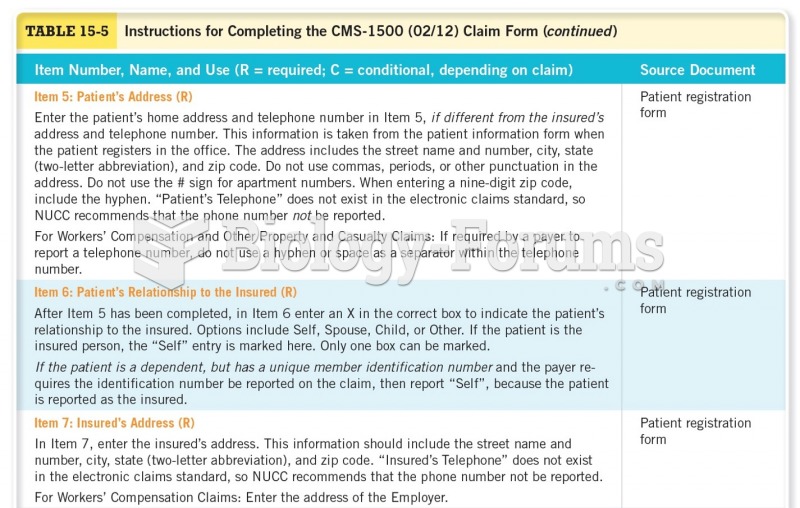Answer to Question 1
Correct Answer: 1
Rationale 1: One of the most common health issues that nurses address with clients in home care settings is lack of knowledge related to health conditions and self-care. Client education is considered a skill reimbursed by Medicare.
Rationale 2: While this may be true in some situations it is not the reason that education is a focus of home health nursing care. Not all home care clients come from acute care, and education is still implemented in this setting.
Rationale 3: Not all home clients are willing or ready to learn, even though they are in their own home environment.
Rationale 4: Client education is considered a skill reimbursed by Medicare.
Answer to Question 2
Correct Answer: 2
Rationale 1: Making suggestions for the client to relocate may be a possibility, but this might be premature to suggest at this point.
Rationale 2: An emergency response system provides a small device with a help button that attaches to the client's wrist or is worn around the neck. The client can send a signal to a home base which would indicate if the client is in trouble (i.e., has fallen or become ill) and can't get to the phone. This system is particularly useful for clients who live alone.
Rationale 3: Having all of the client's medical information in one place is a helpful ideabut does address the concern of effective means of communication.
Rationale 4: An emergency response system provides a small device with a help button that attaches to the client's wrist or is worn around the neck. The client can send a signal to a home base which would indicate if the client is in trouble (i.e., has fallen or become ill) and can't get to the phone. This system is particularly useful for clients who live alone. Making suggestions for the client to relocate may be a possibility, but this might be premature to suggest at this point. Having emergency numbers in a visible spot, is a helpful idea but does address the concern of effective means of communication.







